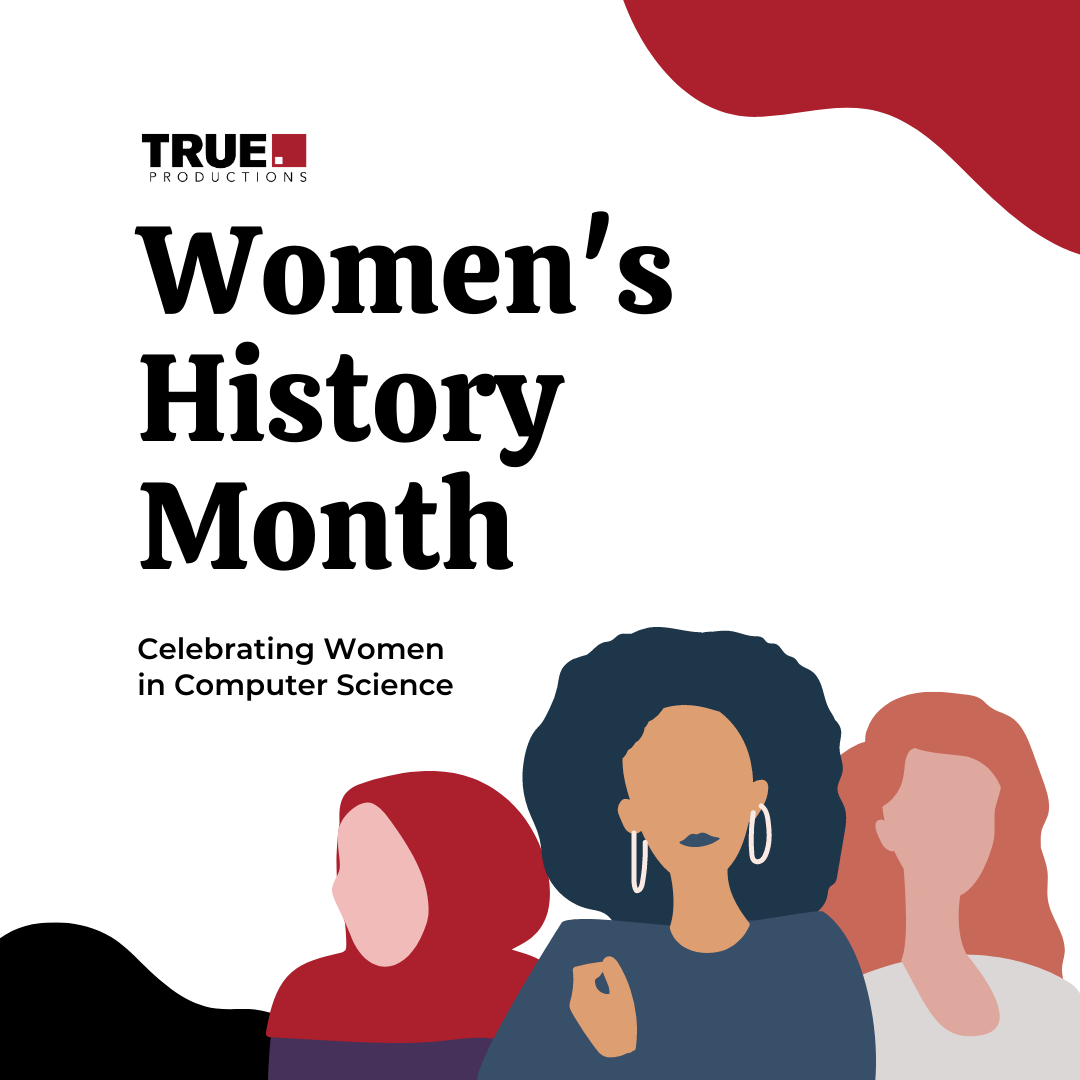We often think of computer science as a male-dominated field, and it’s true that a lot of the folks you see around tech are male. Women’s History Month is a good time to stop and consider the contributions of women to the field of computer science. And there are many! Here’s just a short introduction to a few of the women that helped create the Internet as we know it.
Ada Lovelace is often descibed as the world’s first computer programmer. She was born Augusta Byron, the daughter of the poet Lord Byron and Lady Byron. Though her parents separated shortly after she was born, Ada’s mother dedicated her life to fostering Ada’s interest in mathematics and science. Her aptitude and hard work led to her friendship with Charles Babbage, the mathematician that’s known as “the father of computers.” Ada Lovelace wrote the first algorithm designed to be used for a computer, and possible more impressive, had the vision to understand how much more could be done with computers than “just” math. All in the 1850’s!
Grace Hopper is another famous woman programmer. She was both a mathematician and U.S. Navy Rear Admiral, and her contributions to the field completely changed the face of computing. During World War II, Grace was one of the first programmers of the Harvard Mark I computer, and invented one of the first linkers. While working with the Mark II Computer at Harvard, she found an actual moth stuck in the physical machine that was impeding operations. This “debugging” exercise (to get the moth out of the computer) is part of the reason why we call computer errors “bugs” to this day. The remains of the moth are on display in the Smithsonian in Washington D.C.
Dorothy Vaughn also started in computer science during World War II, with the predecessor to NASA, the National Advisory Committee for Aeronautics (NACA). She used her incredible mathematics prowess to contribute to a number of wartime efforts. After the war, she was promoted to the lead of the West Computing department and was the first African American woman appointed to a managerial role at NACA. Later, she joined the Analysis and Computation division. There, she became a FORTRAN programmer and always worked hard to prop up other women in the field. Without this work, tech might be even more male-dominated today! She was relatively unknown until 2016, when a book by Margot Lee Shetterly—Hidden Figures—drew attention to the contributions of Vaughan and the other so-called West Computers. A film by the same name came out later that year.
These are just a few names of thousands of women who left their mark on the field of Computer Science. Not all are well-known, but their contributions to computer science and the development of the Internet continue to resonate daily.













